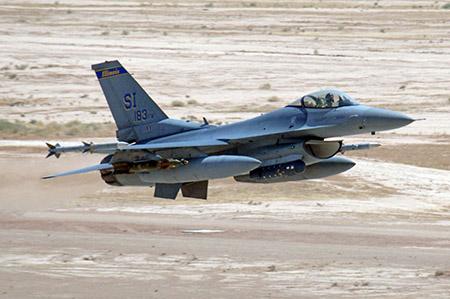There has been some frustration among American pilots, taken up by FoxNews, in the way the air campaign against the Islamic State is being carried out. The chain of command was judged too tortuous and some pilots found themselves in the crosshairs of terrorists who could not attack because they were waiting to receive authorization from the Allied Command.
An F-18 pilot says: "I saw them perform atrocities, but I couldn't do anything even though I had already framed them. I was not authorized and it was frustrating to be powerless. Once the authorization was received I was without fuel and had to return ”.
According to some unofficial estimates, the authorization to hit an already framed Isis enemy is granted in 45 / 55 minutes.
The Air Force categorically rejected the charges. It's nonsense - they defend themselves from the Air Force Central Command - depending on the complexity of the reference environment, the authorization can be granted even in less than ten minutes, but the evaluation could also involve much more.
This is a long-term battle - echoed by the Pentagon - we cannot risk indiscriminately hitting civilians too.
Reassurances that, however, do not find confirmation among the military on the front line that the decision-making process for an air strike is slow, expensive and allows the enemy to escape. To fly over a tactical target for an hour as well, determines a series of variables that could make the strike capacity fail, considering also the fuel available to a fighter.
The procedures - according to David Deptula, former commander of the Combined Air Operations Center in Afghanistan - do not take into account the new operating context, they are too tortuous and in the end this asset does nothing but provide an advantage to our enemy.
We analyze American strikes in the last air campaigns. During the first Gulf War, the United States carried out average 1.125 air strikes per day. In Kosovo, they were around 135 a day. In the 2003, in the campaign called "hit and terrorize", which always took place in Iraq, US raids were on average 800 per day. Against ISIS, air strikes (for the 80% conducted by the US) stood at an average of 14 per day.
Another figure emerges: the 75% of pilots who fly up to Iraq to carry out a raid against ISIS, return to the base without having dropped a single bomb.
The Pentagon rejects the accusations, even if the Gulf wars and in Kosovo are not reasonable comparisons, considering that the ISIS terrorists mix with the civilian population.
There would also be a basic inability in allied air attacks linked to the limited use of US special forces in enemy territory. The US is blind to the ground. They have poor ability to identify land targets, a task in other theaters entrusted to the American Tier-1.
Franco Iacch
(photo: US DoD)












